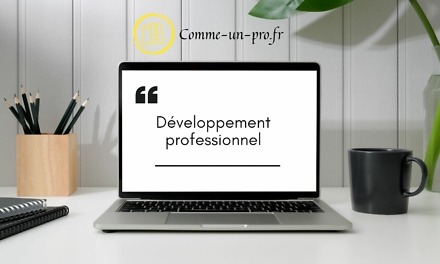As obvious as it may seem, the goal of any business is to meet customer needs. Whether it's a local grocery store around the corner or a large international company offering complete web solutions: all companies pursue the goal of meet user needs.
Even though this common truth is widely known, not all businesses are successful. The stumbling block is the ability to discover and recognize the real challenges and desires of the target audience. This is where the ability to To ask questions reveals its power. To achieve the objectives, the interviewer must be well equipped in questioning skills, listen carefully and be willing to accept the results and conclusions, even if some of the preliminary assumptions are not true. What makes a good interview?
Listen carefully to your customers
It is not a good sign for an interviewer to talk more than a respondent. It may be tempting to start “selling” your idea, but such an approach will not help you understand if the potential customer likes it.
One of the most important rules is to listen carefully to what the interviewee is saying rather than sharing your views and ideas. This will help you focus on customer habits, likes, pain points, and needs. Thus, you can receive a lot of valuable information that will ultimately benefit your product.
One of the most popular and effective listening practices is active listening.
Be structured with your customers
La communication between the investigator and the respondent will be fluent if the interview is structured and you don't “jump” back and forth from topic to topic.
Be consistent and make sure your conversation is structured in a logical way. Of course, you can't predict every question you'll ask, as many of them will be based on information you discover during the interview, but make sure the interviewee follows your train of thought. .
Use the right questions
If the conversation is based on closed questions, valuable new information is unlikely to be discovered. Closed questions generally limit answers to a single word and do not allow to prolong the conversation (example: do you usually drink tea or coffee?). try formulate open-ended questions in order to engage the interviewee in conversation and get as much information as possible (example: what do you usually drink?).
The obvious benefit of an open-ended question is that it uncovers unexpected new information that you hadn't considered before.
Ask questions about the past and present
Questions about the future are not recommended in the interview, as they allow respondents to begin to imagine possible scenarios, share subjective opinions and make predictions. Such questions are misleading because they are not based on facts. This is an assumption that the respondent makes for you (example: what features do you think would be useful to add to this mobile application?). The right approach would be to focus on the past and the present rather than talking about the future (example: can you show us how you use the application? Are you having difficulties?).
Ask respondents about their actual current and past experience, ask them about specific cases, what difficulties respondents have encountered and how they resolved them.
Take 3 second pauses
The use of silence is a powerful way to question. Pauses in the speech can be used to emphasize certain points and/or give all parties a few seconds to collect their thoughts before responding. There is a “3 second” rule for pauses:
- a three-second pause before a question emphasizes the importance of the question;
- a three-second pause directly after a question shows the respondent that they are waiting for an answer;
- pausing again after an initial answer encourages the interviewee to continue with a more detailed answer;
- pauses of less than three seconds were found to be less effective.


